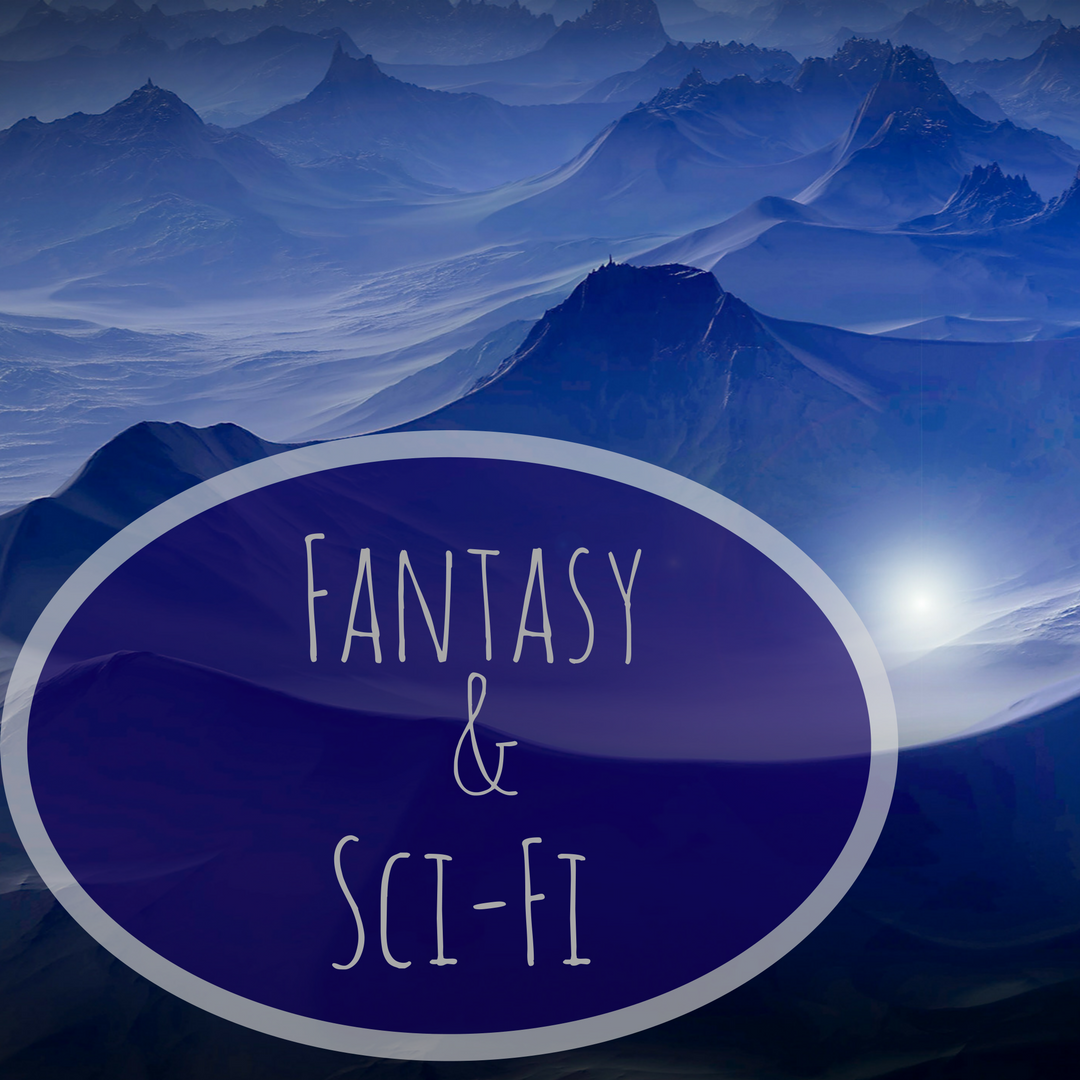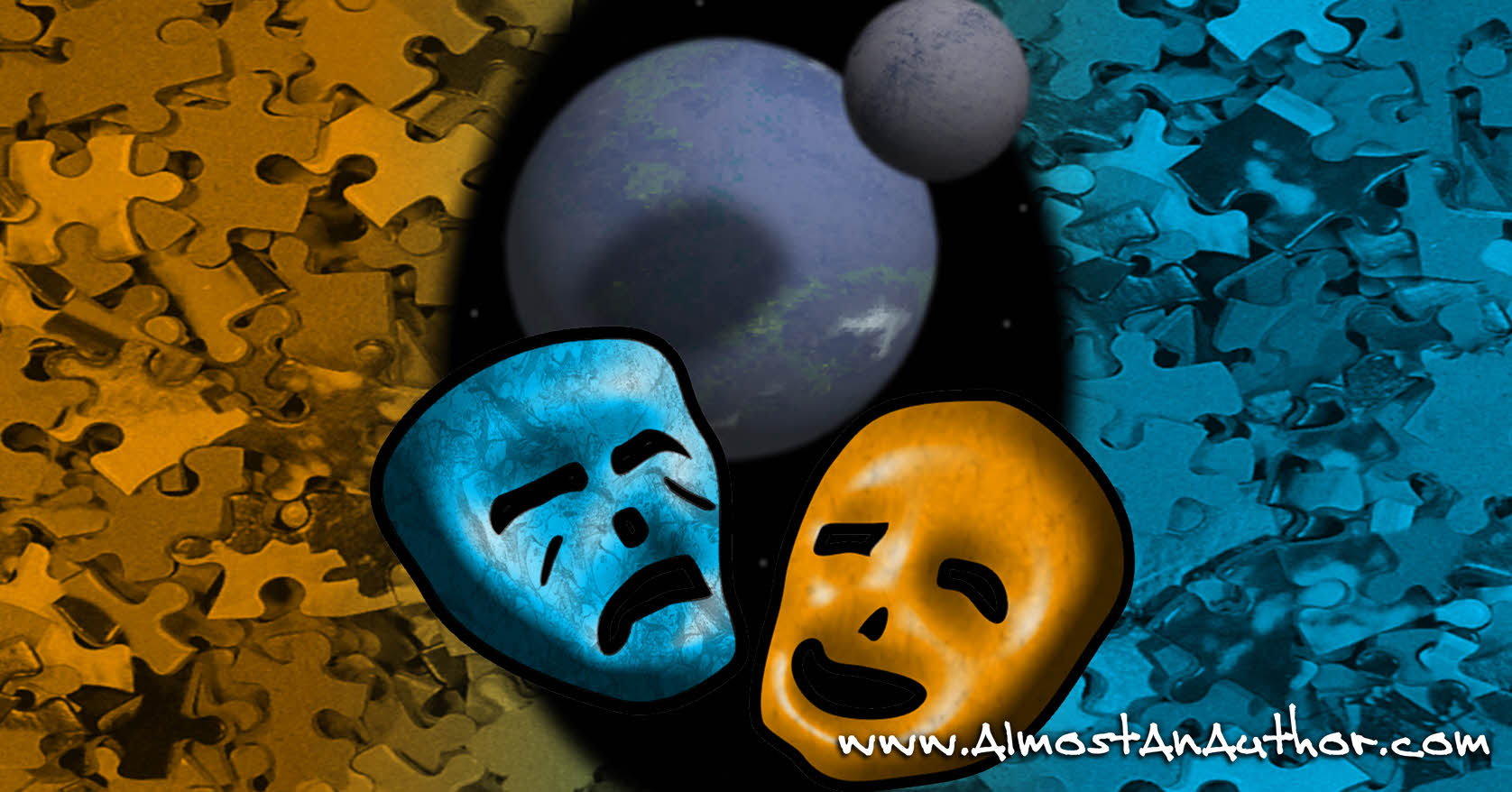Fantasy stories come in all shapes and sizes, from modern-day tales to historical adventure. One way to give your story character is to reuse a classic myth or legend. Myths, legends, fairytales and folklore are often recognizable tales that can help connect a reader to the story from the first page. By using an established story with a new twist, the reader will have discovered a brand new treasure.
The first step to using a myth or legend as the basis for your story is to decide if the tale will be a retelling of the classic story or if elements of it will weave throughout your story to give a certain “feel” to the overall narrative. Regardless which way you choose to tell the story, any tale will need to be embellished, since no myth or legend was created as a full-length novel. Use the tale as a springboard and allow your creative side to fill in the details that are missing to make your story complete.
An example of a retelling of classic fairy tales are the middle-grade novels by Liesl Shurtliff. In her books, Red, Jack, and Rump, the classic stories of favorite children’s fairy tales are retold with a more developed plot, often including characters from other stories, as well, but the basic stories are the actual fairy tales themselves.
Rick Riordan has inspired the young adult fantasy industry beginning with his Percy Jackson series by taking a myth and altering it to create a brand new story. His stories are modern day tales involving twenty-first century kids, with a basis in ancient Greek mythology. While the setting and world are quite different from those ancient myths, the rules and original characters retain their properties.
Some stories originate from a specific culture but have been changed from one society to the next. Take your time to investigate all the twists and turns the original story has taken through the shift between cultures. These differences may help shape your story to be a different retelling than any that have come before.
Know the myth or legend and the characters that make it up, inside and out. The more you know the myth, the more you will understand which elements can be changed and which should remain the same. However, be sure not to take too many liberties with the story. Allow the themes and moral dilemmas to remain the same, as the reader will notice if you make too drastic a change from a favorite tale.
From here, the story is yours. Once you have the myth or legend to base your story upon, you’ve done your research, and you know what changes to make to create a brand new story for the reader, then you’re ready to get writing. Remember, the story doesn’t need to be a mirror image of the previous myth or legend, but it does need to retain the basic themes, motivations and characters to uphold the integrity of the original tale.
Using a previously established tale can open a world of possibilities for new stories. Myths and legends can provide a fantastic canvas to paint your next novel. The only question left to ask yourself is, which myth will you choose to use first?
Laura L. Zimmerman is a homeschooling mama to three daughters and a doting wife to one husband. Besides writing, she is passionate about loving Jesus, singing, drinking coffee and anything Star Wars. You can connect with her on Twitter ![]() @lauralzimm, Instagram
@lauralzimm, Instagram ![]() @lauralzimmauthor, on
@lauralzimmauthor, on ![]() Facebook and at her website
Facebook and at her website ![]() Caffeinated Fiction.
Caffeinated Fiction.







No Comments